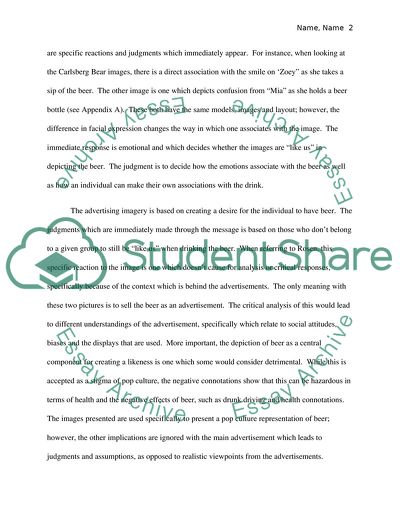Cite this document
(Deciphering Communication With Advertising Images Essay, n.d.)
Deciphering Communication With Advertising Images Essay. https://studentshare.org/marketing/1746005-image-culture
Deciphering Communication With Advertising Images Essay. https://studentshare.org/marketing/1746005-image-culture
(Deciphering Communication With Advertising Images Essay)
Deciphering Communication With Advertising Images Essay. https://studentshare.org/marketing/1746005-image-culture.
Deciphering Communication With Advertising Images Essay. https://studentshare.org/marketing/1746005-image-culture.
“Deciphering Communication With Advertising Images Essay”. https://studentshare.org/marketing/1746005-image-culture.


